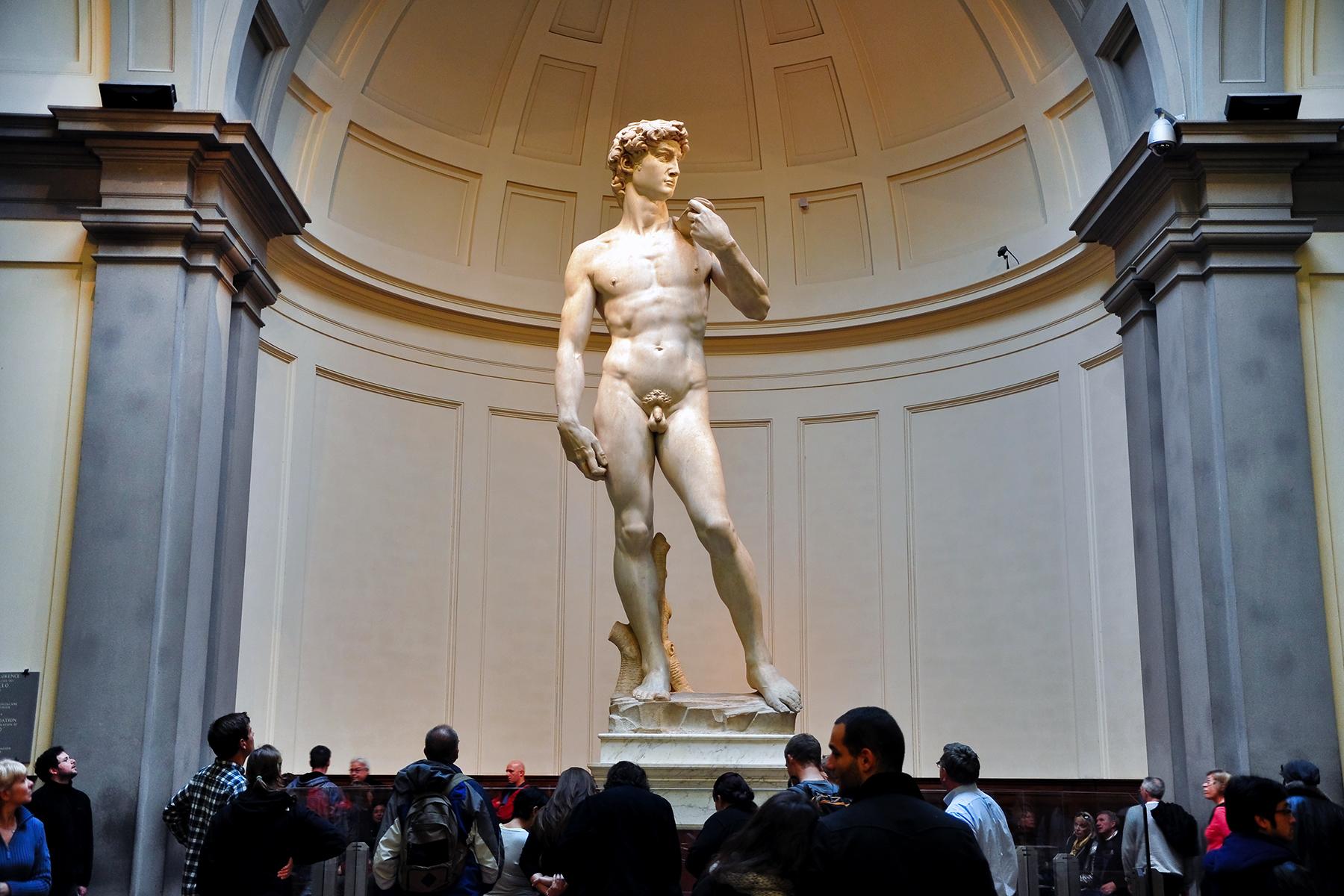Name a more iconic duo.
So inextricably connected are the narratives of Mexican artists Frida Kahlo and Diego Rivera, they once both featured on Mexico’s 500-peso note (before being unceremoniously booted for Benito Juárez and a grey whale). In her lifetime, Kahlo was the unibrowed, frock-and-flower-wearing communist wife of Mexican Muralism extraordinaire Diego Rivera, known for having health problems stemming from a childhood illness and then, a teenage accident. Her work flew under-the-radar, while that of her husband graced damn near every building in Mexico City. Their relationship was tumultuous at best, yet they remain one of the most iconic pairings of their time. Here’s how best to explore their legacies in Mexico City.




